The “real benefits” of roof and ceiling insulation batts are to protect from the damages of condensation formation!
Introduction to the Problem
We patched and painted the ceiling of a top-level unit in Wiley Park. Each room’s ceiling in this unit had endured long-term ‘damp’ damage. We spotted a lot of mold on the bathroom and living room ceilings, especially near the windows.
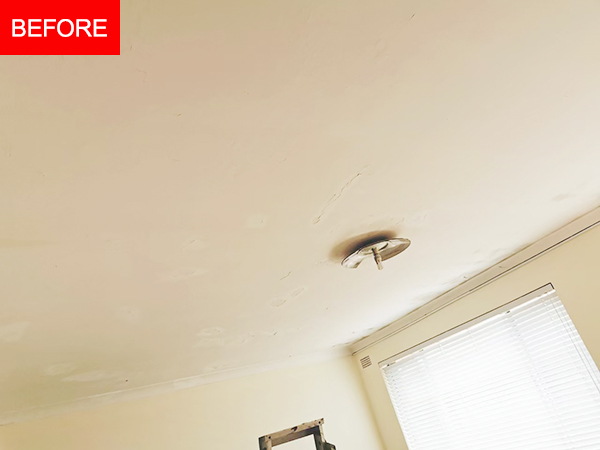
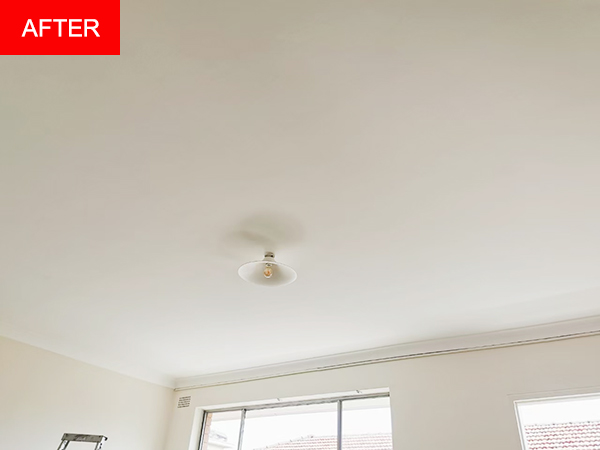
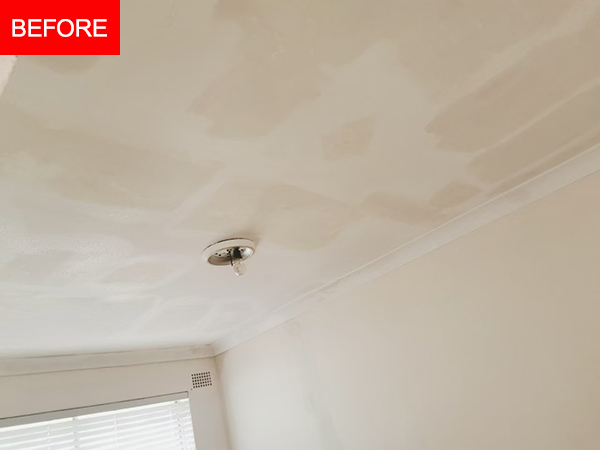
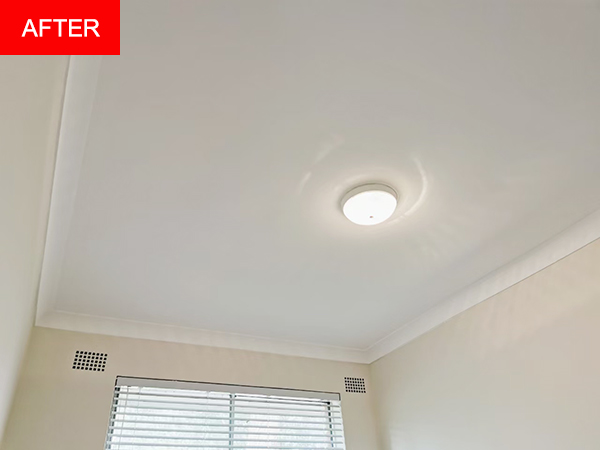
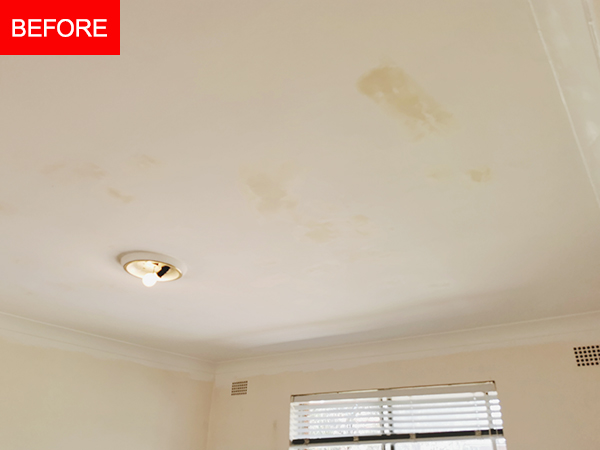
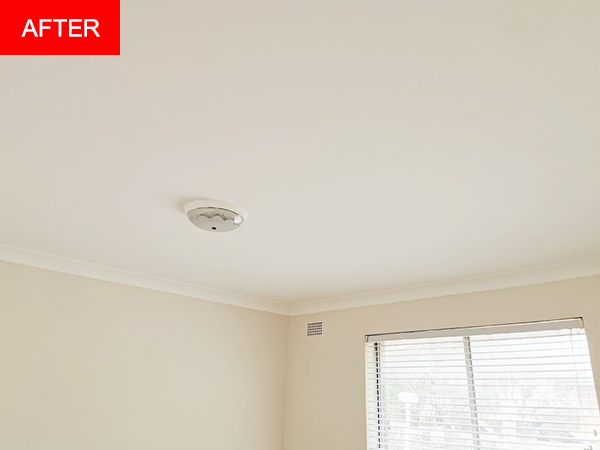
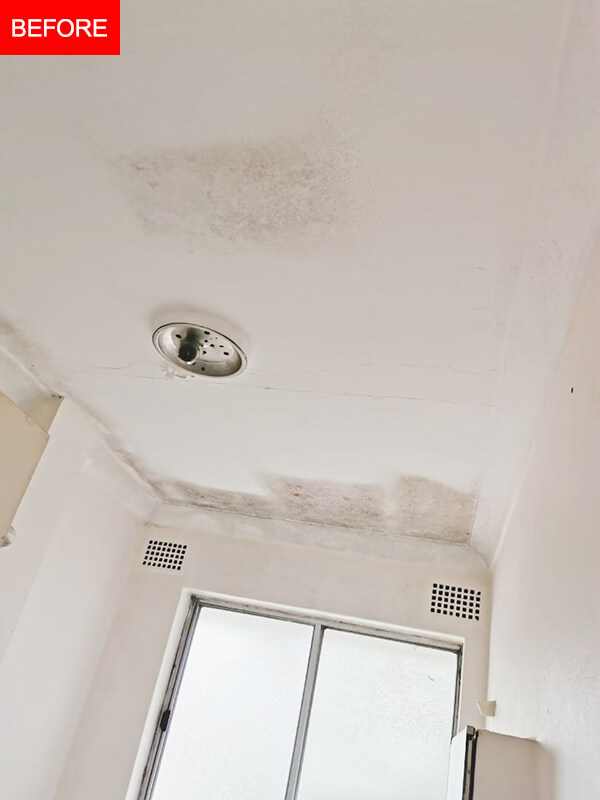
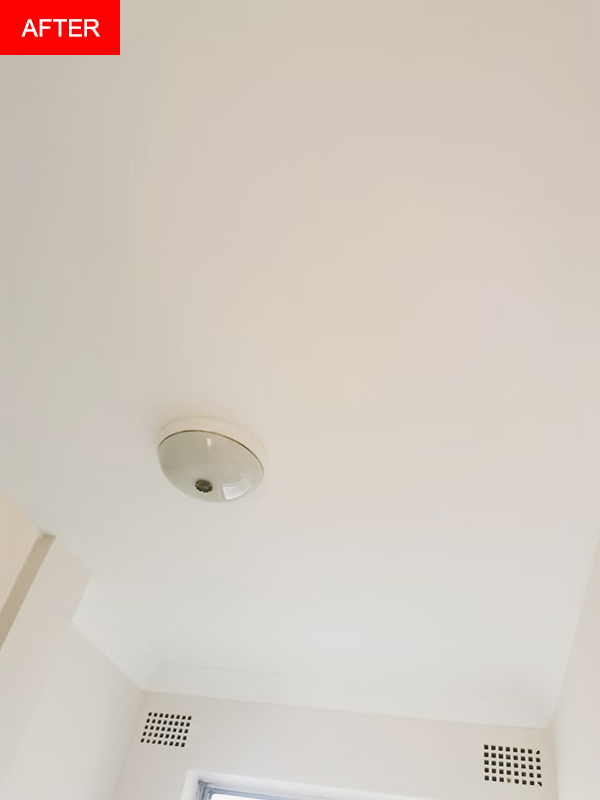
Inspection Findings-Missing ceiling insulation batts
We checked the ceiling above through the manhole. As we expected, we excitedly found that the ceilings close to the windows weren’t properly covered by insulation batts. Condensation usually happens in cold weather or when warm air meets cold surfaces. Exposed ceilings can greatly increase the chance of condensation in roof spaces. CSR Bradford suggests using ceiling insulation batts and their roof foil insulation called Anti-condensation, especially for steel roof properties, to stop vapor (moisture in the air) from reaching the cold metal roof.
History of the Unit’s Roof
This Wiley Park unit’s roof is covered with terracotta tiles and was likely built 50 to 60 years ago. Back then, there might not have been a building standard for roof insulation. So, there was only a wooden frame between the ceiling and the roof tiles, and only some sections of the ceiling had insulation wool. We saw that condensation in the uninsulated spaces led to an increase in mold. This is probably why there’s a severe mold problem on the ceiling.
Benefits of Ceiling Insulation Batts
Finally, we know that ceiling insulation batts mainly keep homes cooler in summer and warmer in winter, enhancing comfort and energy efficiency. Based on this case, we firmly believe that ceiling insulation can protect the ceiling from condensation damage to some extent. Moreover, it offers other advantages as well.
For details please refer to: https://www.bradfordinsulation.com.au
